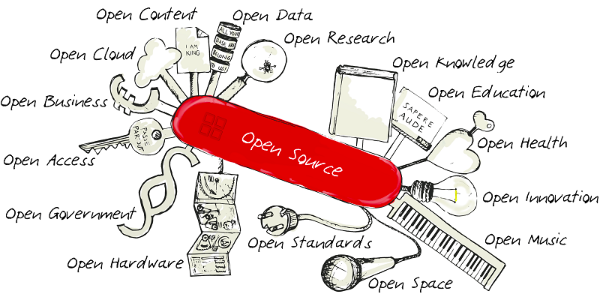Autonomous Vehicles and Autonomous Learning
One of the newer categories on this blog is for VR, AR and AI. They were not topics of much concern in education when I started writing here in 2006. They are topics of interest now.
The same may be true of autonomous vehicles and it is definitely true of what I'm calling autonomous learning.
You are more likely to hear news about "autonomous vehicles" rather than "driverless cars" these days. They are pretty much interchangeable, but the former doesn't sound as scary. In the way that "global warming" was replaced with "climate change," the newer terms are not only better in public relations terms but also are more accurate.
An autonomous vehicle (AKA driverless, auto, self-driving, robotic) is one that is capable of sensing its environment and navigating without human input. Many such vehicles are being developed, but as of this writing vehicles on public roads are not yet fully autonomous.
Many of the experimental cars and trucks you might see on the road (or, more likely, on the news) have a human along for the ride and ready to take over if needed. Initially we all heard about this future where you would get in a car, tell it your destination and sit back and relax. It was a taxicab without a driver. But more and more we are hearing about the autonomous vehicle with no human in it that might be delivering packages to locations. (No word on how they are unloaded. I guess you meet the vehicle at the curb.)
I was talking to a friend who has no involvement in education about an online course I was teaching and how MOOCs are being used. He said, "So, it's like an autonomous vehicle."
My first response was "No, its not," but when I gave the idea a few moments, I saw his point.
You set up a good online course. It has AI elements and guided learning, predictive analytics and all the other tools. The student enters and goes along on their own. Autonomously. Teacherless.
Some archived MOOCs are already somewhat like this - though probably minus the AI and guidance systems.
I call this autonomous learning. If you search on that term today you are more likely to find articles about learner autonomy. This refers to a student's ability to set appropriate learning goals and take charge of his or her own learning. However, autonomous learners are dependent upon teachers to create and maintain learning environments that support the development of learner autonomy.
My friend and I took the vehicles:learner comparison further. The mixed or hybrid car will probably be with us for a few more decades. By hybrid I mean not only with its fuel but also with driver-assist features. Part of the redundancy there includes the passenger as backup driver - a guide on the side. The car can park itself, but you might need to help in some situations.
Hybrid or blended courses are also going to continue to be around for awhile. Like the vehicles, the fully-automated course will be the experimental exception for a decade or two. But those kids in the college Class of 2037 have a very good chance of taking autonomous classes.
I will feel safe on the road with autonomous vehicles when ALL the vehicles are autonomous. Throw a few human drivers in there and the reliability drops. Do I feel the same about autonomous learning? Too early to say.


